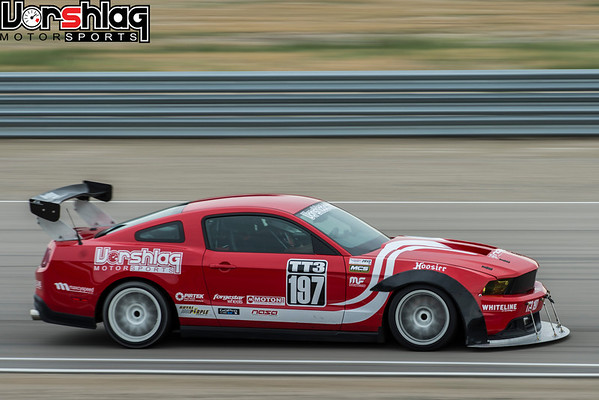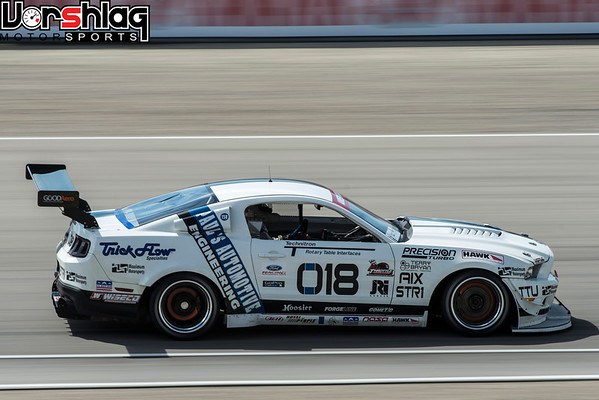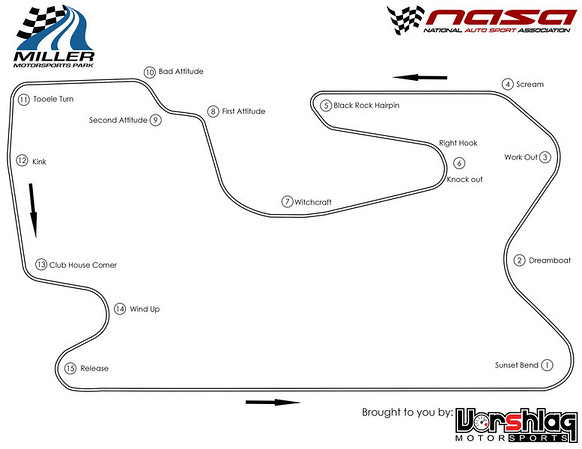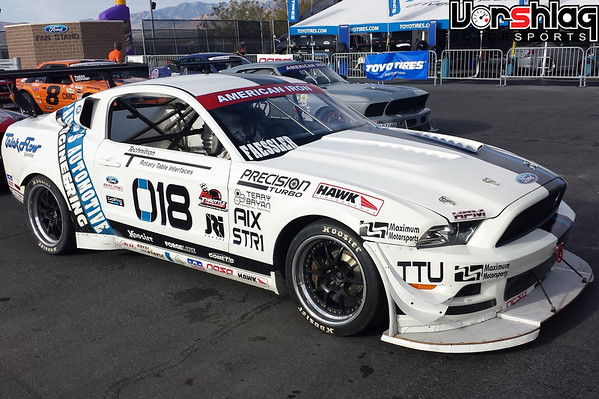jayel579
forum member
3) Coming late to the party, but I have a trick for the persistent "slightly soft" pedal, despite bleeding. Vacuum-burp through the reservoir. Put a vacuum pump hose through a rubber stopper in the fluid reservoir opening, apply vacuum, then RAPIDLY dump the vacuum (say by pulling the stopper, NOT the line). This sends "micro-tremors" through the fluid, and may dislodge a small bubble or two that is clinging to the side of a tube or passage through surface tension. You'll need to repeat it about a dozen times or so.
I stumbled across that after replacing a throwout bearing and trying to get it all bled down. Brake pedal feel improved at the same time!
Thank you for this Dave. I have been contemplating sending you a message for some advice as I have been struggling to figure this same problem on my car. I boiled my fluid at the end of last season and did a full change to start this season. I even pulled the reservoir off the car to get all the old fluid out but I am still fighting a soft brake pedal. I am going to give this a try the next time I am working on the car.







